Okay, let’s get real for a minute. The idea of building a design portfolio can feel like this huge, intimidating monster, right? You probably picture endless late nights, pixel-perfect layouts, and a crushing pressure to showcase only your most groundbreaking, award-winning work. But here’s the secret: it doesn’t have to be a stressful, soul-crushing experience. In fact, approaching it with a casual, almost playful mindset can actually lead to a more authentic, impressive, and ultimately, effective portfolio. Think of it less like a rigid academic submission and more like curating your own personal art gallery where every piece tells a story. We’re here to ditch the anxiety and give you some chill, practical tips to craft a portfolio that not only highlights your awesome skills but also genuinely reflects who you are as a designer. Let’s make this fun, not frightening.
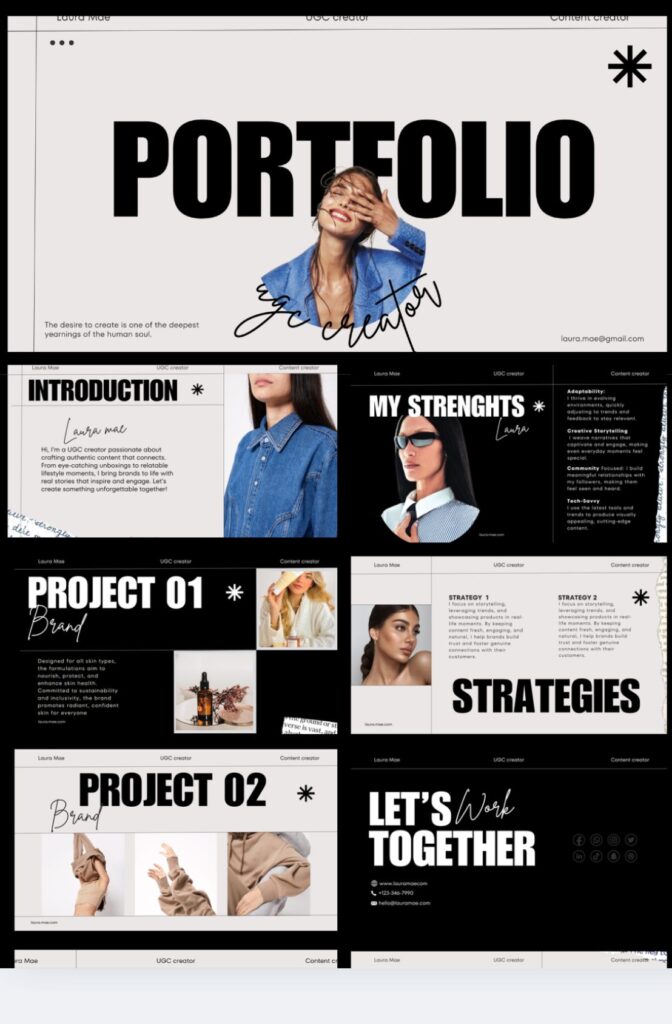
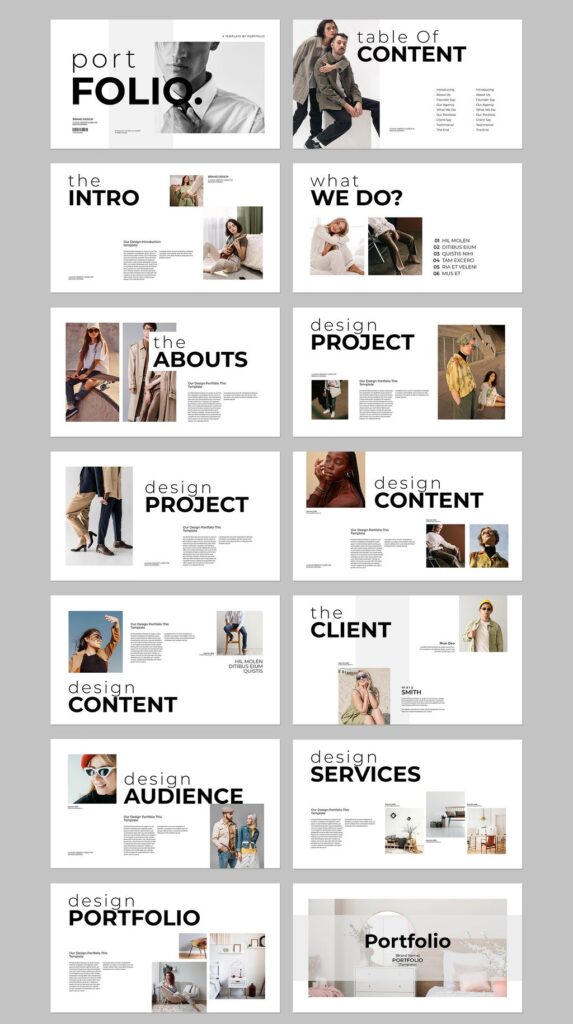
Why Bother with a Portfolio Anyway? (Beyond the Obvious)
You might be thinking, “Well, obviously, I need a portfolio to get a job or clients.” And yes, that’s absolutely true. Your portfolio is your visual resume, your pitch deck, and your personal brand all rolled into one. It’s the primary way creative professionals communicate their capabilities without saying a word. In a competitive market, a strong portfolio isn’t just a nice-to-have; it’s a non-negotiable.
But let’s dive a little deeper. A portfolio isn’t just for external eyes; it’s a powerful tool for you.
- Self-Discovery: As you compile your work, you start to see patterns, strengths, and areas where you truly shine. You might discover a niche you never realized you loved.
- Confidence Booster: Seeing your accumulated achievements in one place is incredibly affirming. It reminds you of how far you’ve come and what you’re capable of.
- Skill Reflection: It forces you to critically evaluate your own work, leading to insights on how to improve and where to focus your learning.
- Storytelling Practice: Every project has a narrative. Putting together a portfolio helps you hone your ability to articulate your creative process, challenges, and solutions – a crucial skill for client meetings and interviews.
According to a study by Adobe, 70% of creative professionals believe a portfolio is more important than a resume. That’s a huge endorsement of its power! It’s not just about what you did, but how you think, how you solve problems, and what kind of impact you make.

Your Portfolio is Your Story, Not Just a Pretty Picture Book
This is arguably the most crucial mindset shift. Many aspiring designers get hung up on making every single piece look perfect and only showing the final, polished outcome. But employers and clients aren’t just looking for pretty pictures. They want to understand your brain, your process, and how you tackle challenges. They want to see the journey, not just the destination.
Think of your portfolio as a visual autobiography of your creative adventures. Each project is a chapter, detailing the problem you faced, the tools you used, the decisions you made, and the results you achieved.
- Problem-Solver, Not Just an Artist: Highlight the problem you were trying to solve. What was the client’s objective? What user pain point were you addressing?
- Process, Process, Process: Show your sketches, wireframes, mood boards, iterations, and even the “aha!” moments. This demonstrates your thinking and methodology. Maybe you started with a completely different concept and pivoted based on research. That’s valuable insight!
- Results and Impact: Did your design increase conversions? Improve user engagement? Enhance brand recognition? Quantifiable results are gold. Even if you don’t have hard numbers, talk about the qualitative impact.
- Your Personality: Let your unique voice shine through. Your portfolio should feel like you. If you have a knack for combining fonts in cool designs or if you’ve developed a unique signature style for your brand, make sure that comes across.
This storytelling approach transforms your portfolio from a static gallery into an engaging narrative that captures attention and builds trust.

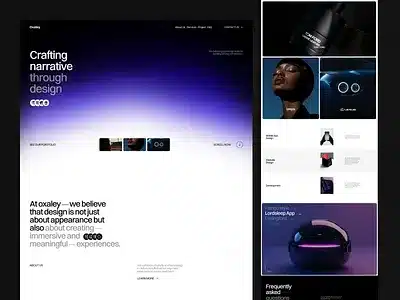
Picking Your Best Hits: Quality Over Quantity
The urge to throw every single piece of work you’ve ever created into your portfolio is strong, especially when you’re starting out. Resist it. Seriously. No one has time to sift through 50 mediocre projects when they’re looking for a superstar. It’s much better to have 5-7 stellar, well-documented projects than 20 so-so ones.
Here’s how to curate like a pro:
- Be Ruthless: If a project doesn’t make you say “Heck yeah, look what I did!”, it probably doesn’t belong. If it’s old, outdated, or doesn’t reflect your current skill level, let it go.
- Show Variety (But Stay Focused): Include projects that showcase different skills (e.g., branding, UI/UX, illustration, web design, 3D modeling if you’re into that like designing it before you build it with 3D modeling). However, if you’re aiming for a specific type of role (e.g., a UI designer), make sure the majority of your work aligns with that.
- Recent and Relevant: Prioritize your most recent and relevant work. If you’re applying for a web design job, showing off your calligraphy skills from five years ago might not be the most effective use of space.
- “Dream Projects”: What kind of work do you want to be doing? Include projects that align with that goal, even if they’re personal or hypothetical. This signals your aspirations to potential employers.
Remember, every piece in your portfolio is a reflection of your current best. Make sure it’s sending the right message.

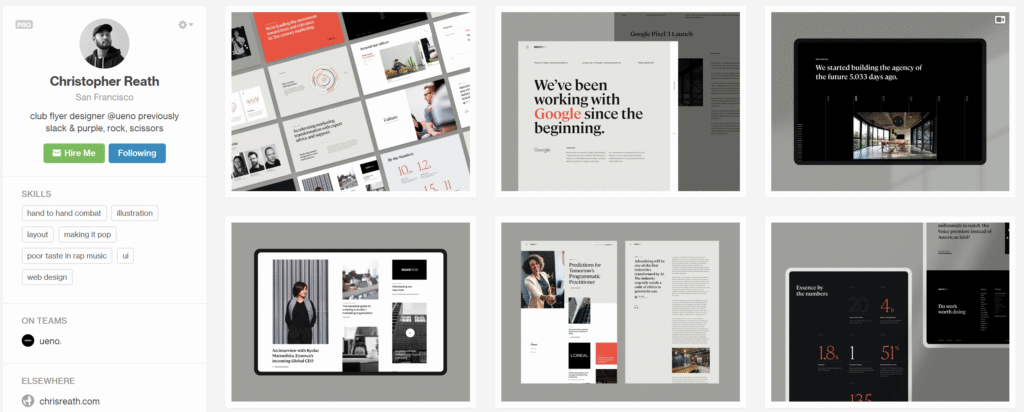
Show Your Process, Not Just the Polish
We touched on this earlier, but it deserves its own spotlight. The “final product only” approach is a rookie mistake. Imagine a chef only showing you the perfectly plated dish, but never the ingredients, the prep, or the cooking techniques. You’d miss out on so much!
For designers, showing your process means:
- Initial Sketches & Brainstorming: Where did the idea begin? Show your messy notebooks, rough sketches, and early concepts. This highlights your ideation phase.
- Wireframes & Mockups: For digital projects, display the evolution from low-fidelity wireframes to high-fidelity mockups. This demonstrates your understanding of user flow and iterative design.
- Mood Boards & Color Palettes: These show your aesthetic sensibilities and how you establish a visual direction.
- Rejected Concepts: Sometimes, the concepts that didn’t make it are just as insightful. Explain why they were rejected and what you learned.
- User Testing & Feedback: If you conducted any user research or testing, share the insights and how they influenced your design decisions. This is huge for UX/UI roles.
- Tools and Techniques: Mention the software and methods you employed. This helps employers understand your technical proficiency.
By unveiling your process, you reveal your problem-solving abilities, critical thinking, and capacity for iteration – all highly valued skills in the design world.
Tailor It Up: Know Your Audience
One size rarely fits all, especially when it comes to portfolios. A portfolio submitted to a quirky indie studio might look very different from one sent to a corporate tech giant.
- Research, Research, Research: Before you send your portfolio, thoroughly research the company or client. What’s their brand aesthetic? What kind of projects do they typically work on? Who are their target users?
- Customize Your Selection: Based on your research, select the projects that are most relevant to their needs. If they specialize in branding, make sure your strongest branding projects are front and center. If they focus on app design, showcase your best UI/UX work.
- Tweak Your Narrative: Adjust the language in your case studies to resonate with their values and priorities. If they emphasize user-centric design, lean into that in your descriptions.
- Personalize Your Intro: A brief, personalized introductory message explaining why your skills and portfolio align perfectly with their specific opportunity can make a huge difference.
It might seem like extra work, but a tailored portfolio demonstrates genuine interest and makes a powerful impression. It tells them, “I didn’t just blast this out to everyone; I made it specifically for you.”
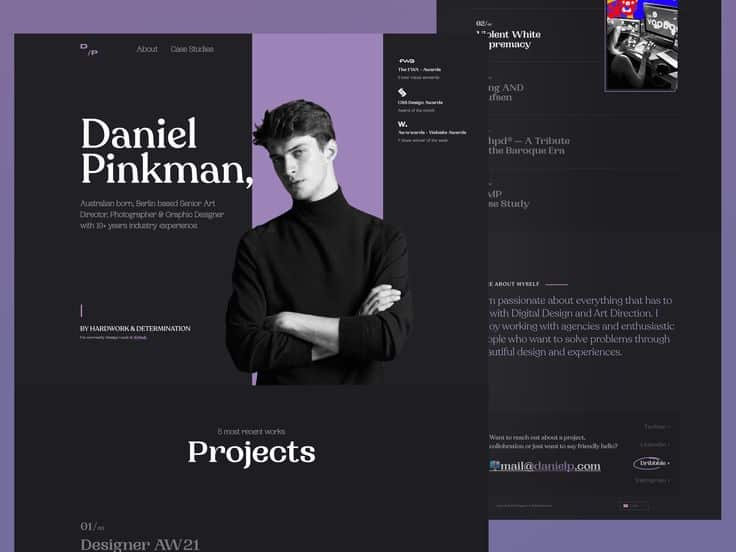
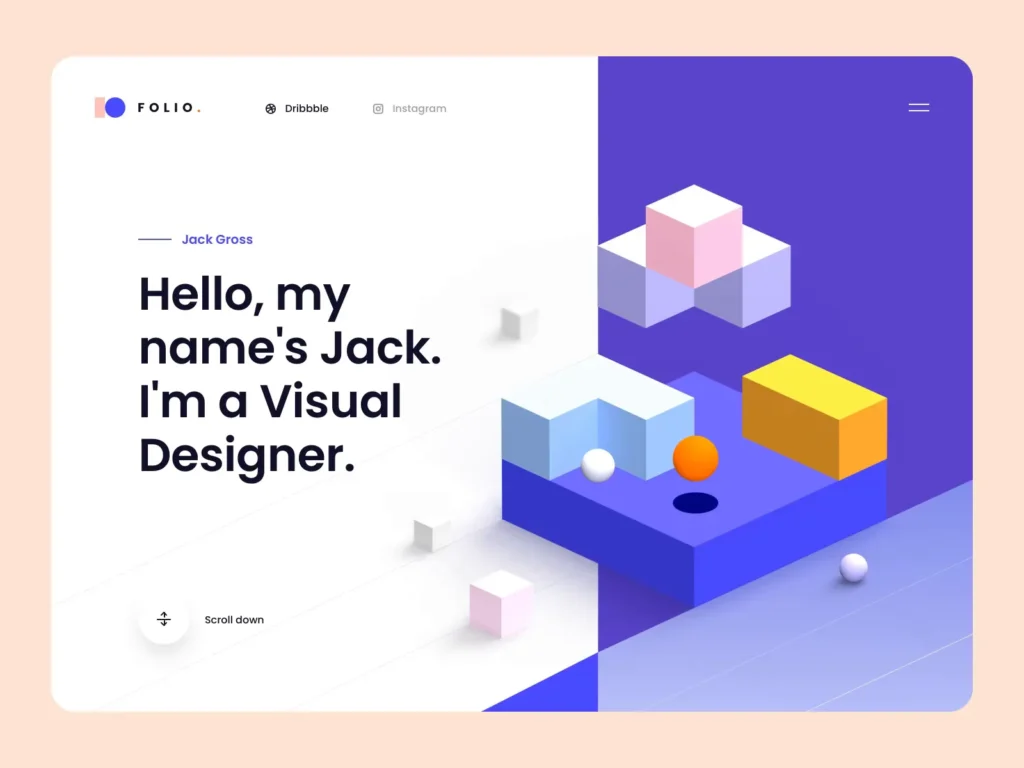
Platform Power: Where to Host Your Masterpiece
Deciding where to showcase your work can feel like another hurdle, but it doesn’t have to be complicated. There are several great options, each with its own pros and cons.
Your Own Website (Highly Recommended)
This is the ultimate professional move. Having your own domain gives you complete control over branding, layout, and content.
- Pros: Full customization, professional impression, excellent for SEO, allows for in-depth case studies. You can really show off your design prowess here, perhaps even experimenting with creative grid layouts to structure your projects.
- Cons: Requires more effort to set up and maintain, potentially involves some cost (domain, hosting).
- Platforms: Squarespace, Webflow, WordPress (with a portfolio theme), or even hand-coded if you’re feeling adventurous.
Behance & Dribbble
These are industry-standard platforms for designers to share work and discover talent.
- Pros: Large existing community, great for getting visibility, easy to set up, good for inspiration. Dribbble is great for showing quick, polished shots, while Behance allows for more in-depth project presentations.
- Cons: Less control over branding/layout compared to your own site, can be hard to stand out without consistent posting.
- Best For: Supplemental portfolios, quick shares, networking, and getting inspired by others’ work.
Social Media (Instagram, LinkedIn)
While not a dedicated portfolio, these platforms are excellent for quick glimpses and driving traffic to your main site.
- Pros: Huge reach, easy to share snippets of work, good for personal branding and networking.
- Cons: Not ideal for in-depth case studies, algorithms can be fickle.
- Best For: Sharing behind-the-scenes, work-in-progress, quick finished pieces, and directing people to your main portfolio link in bio.
PDF Portfolio
Useful for specific applications or when an online connection isn’t available.
- Pros: Easy to email, consistent viewing experience across devices.
- Cons: Not interactive, can be large file sizes, less dynamic than a website.
- Best For: Specific job applications where a PDF is requested, or for presenting in person on a tablet.
The best approach often involves having your own website as your primary hub, then using platforms like Behance and Dribbble to showcase individual projects and link back to your main site.

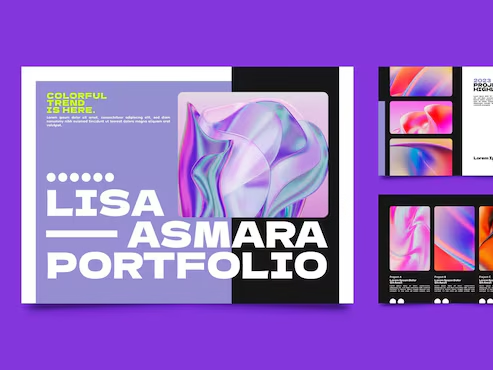
Writing Your Narrative: Beyond the Visuals
Your visuals are the hook, but your words reel them in. Don’t underestimate the power of well-written project descriptions and case studies. This is where you explain the why behind your design decisions.
For each project, aim to answer these questions:
- Project Title & Role: Clearly state what the project was and your specific contribution.
- The Challenge/Problem: What was the client’s goal or the problem you aimed to solve?
- Your Approach/Process: How did you tackle it? What steps did you take? This is where you can talk about your research, sketching, wireframing, and iteration.
- Key Decisions & Rationale: Why did you choose that specific color palette, typography (and perhaps discuss your typography basics), or layout? Explain your thinking.
- The Solution: Present the final design(s) clearly and beautifully.
- The Outcome/Impact: What were the results? Did you meet the client’s objectives? Did it make a measurable difference? Even if it’s a personal project, what did you learn?
- Tools Used: List the software and techniques you employed.
Keep the language clear, concise, and engaging. Use an active voice. Avoid jargon where possible, or explain it if necessary. Think of it as telling a compelling story about how you brought an idea to life.
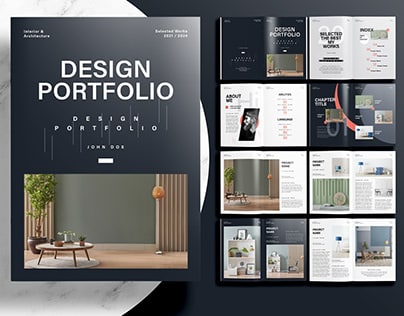

Personal Projects: Unleash Your Inner Creative
Sometimes, your client work doesn’t fully represent your capabilities or your desired direction. That’s where personal projects come in! They are a fantastic way to fill gaps in your portfolio, experiment with new skills, and showcase your passion.
- Skill-Building: Want to get into UI/UX but only have graphic design client work? Create a hypothetical app or website design.
- Niche Exploration: If you’re passionate about sustainable design or perhaps even creating some symbolic logo inspiration for eco-friendly brands, create a project around it.
- Experimentation: Use personal projects to try out new styles, tools, or techniques without client constraints.
- Show Passion: Personal projects demonstrate initiative, self-motivation, and a genuine love for design – qualities highly valued by employers.
- Revive Old Work: You can even take an old, uninspiring client project and redesign it the way you would have done it, explaining your choices and improvements.
Don’t dismiss personal projects as “not real work.” They often reveal more about your potential and creative spirit than anything else.
Get Feedback, Get Better: The Growth Loop
Putting your work out there can feel vulnerable, but feedback is a designer’s best friend. It’s how you grow, evolve, and refine your skills. Embrace it!
- Peers & Mentors: Share your portfolio with trusted designers, mentors, or even classmates. They can offer valuable insights from an industry perspective.
- Target Audience: If your portfolio is for a specific job type, ask someone already in that role to review it.
- Specific Questions: Don’t just ask, “What do you think?” Ask targeted questions: “Is my process clear?” “Do these projects align with X type of role?” “Is there anything confusing?”
- Constructive Criticism: Not all feedback will be positive, and that’s okay. Learn to differentiate between personal preference and genuine areas for improvement. Take notes, reflect, and apply what resonates.
- Iteration: Remember, your portfolio is a living document. Use feedback to iterate and improve it, just as you would with any design project.
Feedback isn’t a judgment; it’s a gift that helps you see your work through fresh eyes and strengthens your presentation.

Keep It Fresh: The Living Document
Your portfolio isn’t a “set it and forget it” kind of deal. The design world moves fast, and your skills are constantly evolving. Treat your portfolio as a dynamic, living document that needs regular updates.
- Add New Projects: As you complete new, exciting work, make sure to add it.
- Remove Outdated Work: If a project no longer represents your best work or your desired direction, swap it out.
- Refine Case Studies: As you gain more experience, you’ll get better at articulating your process and results. Revisit old project descriptions and enhance them.
- Update Your Bio: Your skills, interests, and career goals might change. Ensure your “About Me” section is current.
- Stay Relevant: Keep an eye on industry trends. Does your portfolio still feel contemporary and relevant? If not, consider a refresh. This isn’t about chasing every trend, but about ensuring your aesthetic and presentation remain professional and appealing.
A well-maintained portfolio shows continuous growth and a commitment to your craft. It signals to potential employers and clients that you are always learning and striving for excellence.
Don’t Forget the Details: The Little Things That Matter
While the big picture (your work and story) is paramount, some small details can make a surprisingly big difference.
- Flawless Functionality: If it’s a website, ensure it’s responsive (looks good on all devices), loads quickly, and all links work. Broken links or slow loading times are immediate turn-offs.
- Clear Contact Information: Make it easy for people to reach you! Include your email, LinkedIn profile, and any other professional contact methods.
- Proofread, Proofread, Proofread: Typos and grammatical errors instantly undermine your professionalism. Read everything carefully, and then have someone else read it too.
- Strong Visual Hierarchy: Even your portfolio itself should be well-designed. Use clear headings, readable typography, and thoughtful layouts.
- A “Call to Action”: What do you want people to do after viewing your portfolio? “Let’s connect,” “View my resume,” or “Send me an email.” Guide them to the next step.
These seemingly minor details contribute to an overall impression of professionalism and attention to detail – qualities every client and employer appreciates.
In the end, building an awesome design portfolio is about finding your rhythm, embracing the journey, and letting your true creative self shine. It’s not about being perfect from day one, but about continuous improvement, authentic storytelling, and a genuine passion for what you do. So, take a deep breath, grab your favorite tunes, and start curating your story. Don’t stress, just create! You’ve got this. Now go out there and show the world what you’re made of!
- 151shares
- Facebook0
- Pinterest151
- Twitter0



